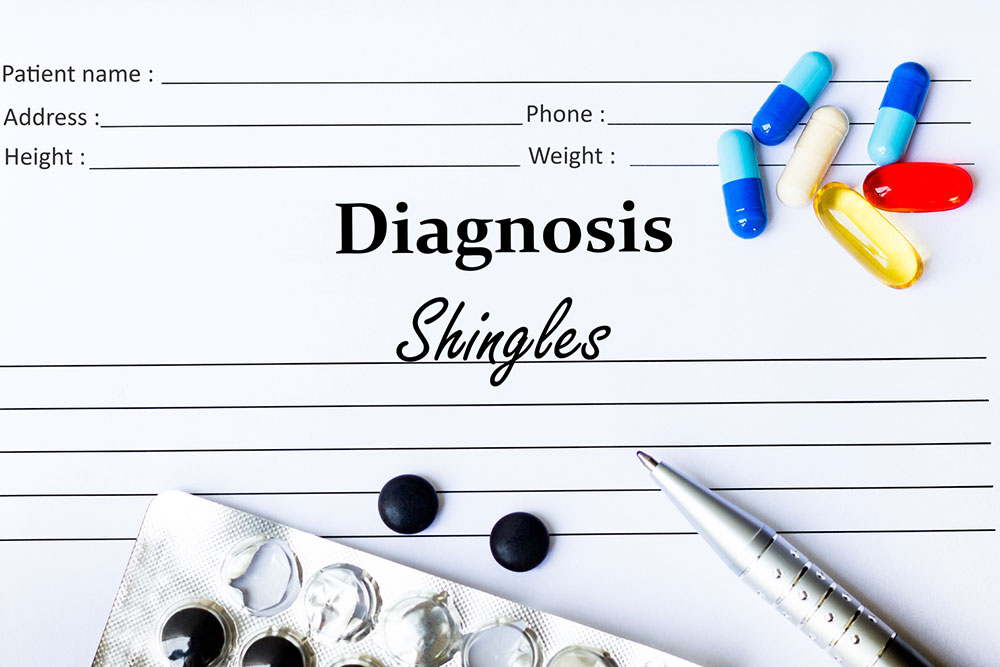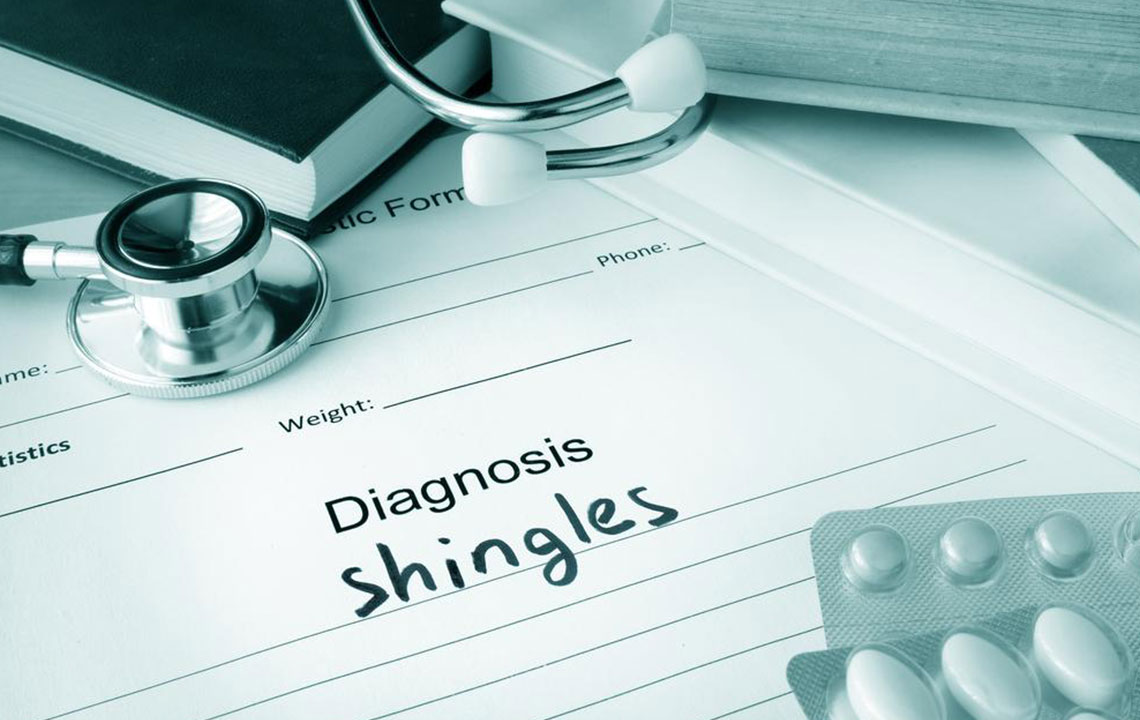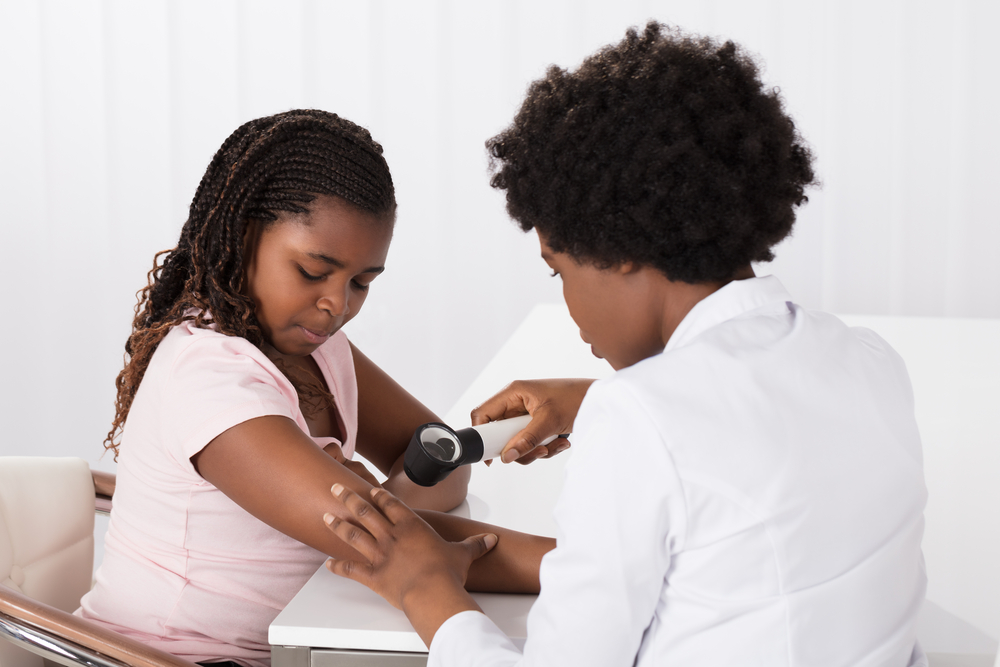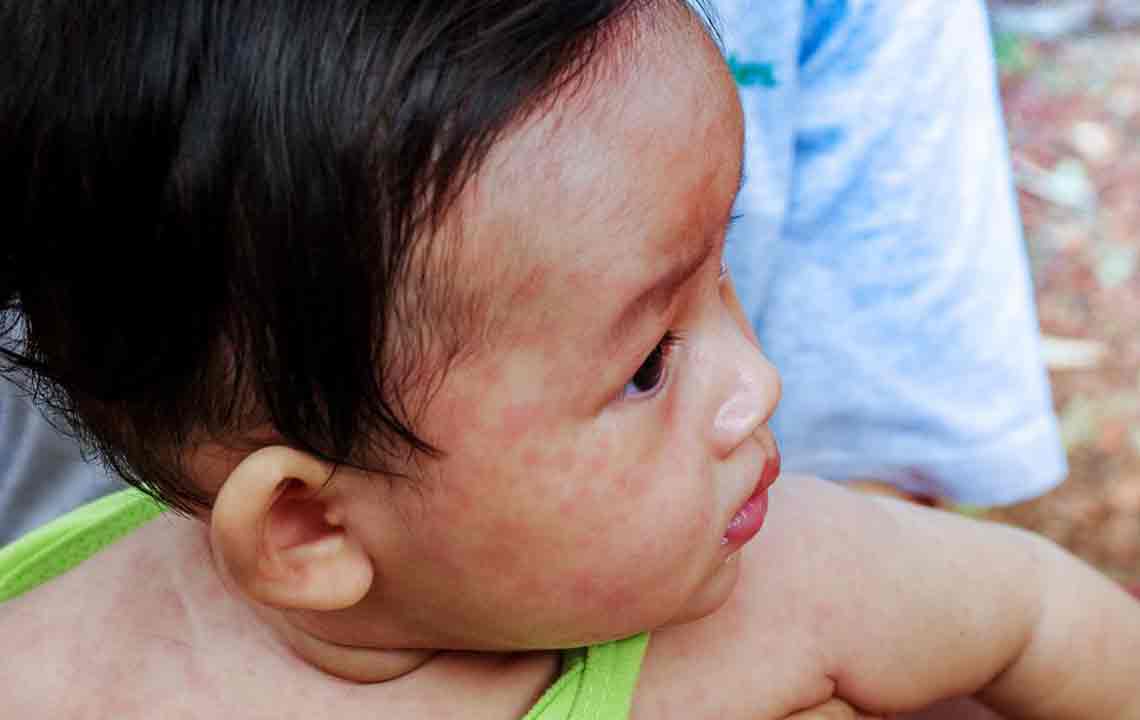Complete Guide to Shingles: Causes, Symptoms, Treatment, and Prevention Strategies
This comprehensive guide explores shingles, its causes, symptoms, and effective treatment and prevention strategies. Emphasizing early diagnosis and medical intervention, it highlights the importance of vaccination and lifestyle choices in managing this painful condition. Ideal for adults, especially seniors, understanding these insights can help reduce complications such as postherpetic neuralgia and improve quality of life.
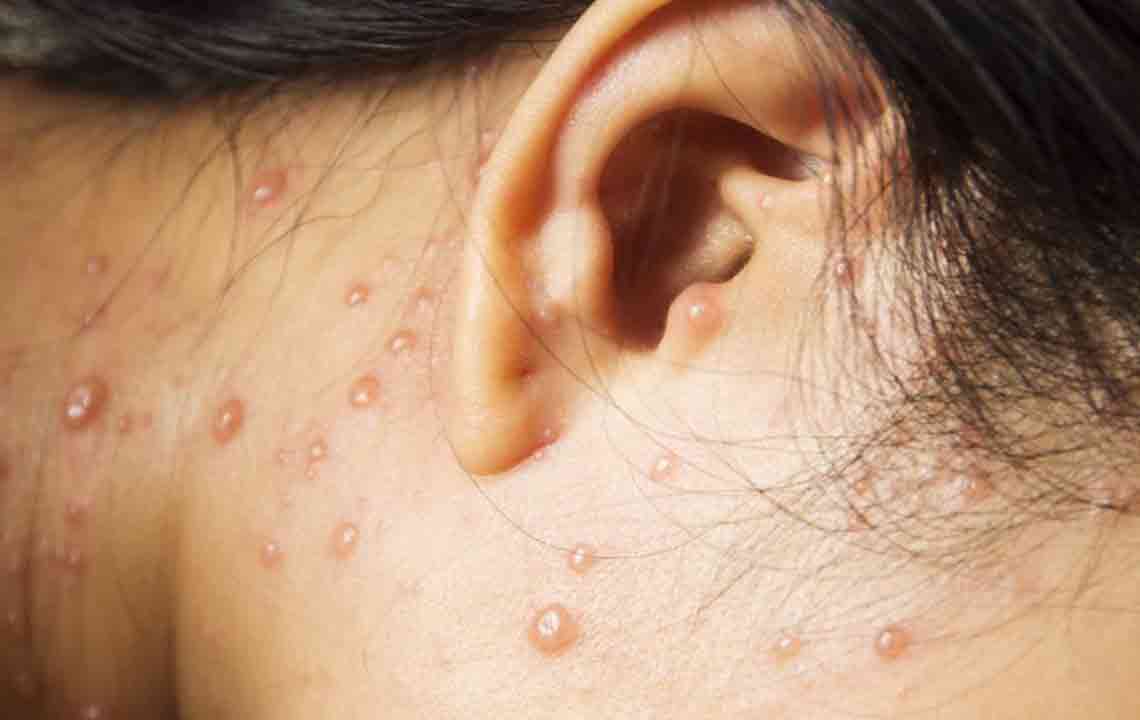
Understanding Shingles: Causes, Symptoms, and Effective Prevention
Shingles, medically known as herpes zoster, is a painful skin disorder that occurs due to the reactivation of the varicella-zoster virus—the same virus responsible for chickenpox. This condition is characterized by a distinctive painful rash that typically appears as a band or strip on one side of the body or face. The reactivation of the virus often happens when the immune system becomes weakened due to aging, stress, or other underlying health issues. While shingles are most commonly observed in seniors, it can also affect younger adults with compromised immune defenses.
The symptoms of shingles usually begin with sensations of tingling, itching, or burning in a specific area, followed by the development of redness and a rash that evolves into blisters. The rash is often localized along a nerve path, which explains the intense nerve pain often accompanying the condition. This nerve pain can last long after the skin lesions have healed, a condition known as postherpetic neuralgia (PHN), which can be particularly debilitating. It is crucial to recognize early signs of shingles to start timely treatment, which can significantly reduce the severity of symptoms and the risk of complications.
Understanding the causes and recognizing the symptoms promptly can make a big difference in managing shingles effectively. The reactivation of the varicella-zoster virus is triggered by a decline in immune function, which can result from various factors such as aging, stress, certain medications, or illnesses that suppress the immune system. After a person recovers from chickenpox, the virus lies dormant in nerve tissue but can reactivate years later, leading to shingles.
Prevention plays a vital role in controlling this painful condition. The shingles vaccine is highly recommended, especially for adults aged 50 and above, as it significantly lowers the risk of developing shingles and reduces the severity if it occurs. Maintaining a healthy lifestyle, managing stress, and keeping the immune system robust through proper nutrition and exercise can also help prevent reactivation of the virus.
Diagnosing Shingles: Key Indicators and Medical Evaluation
Diagnosing shingles primarily involves clinical evaluation by a healthcare provider based on physical examination and patient history. The distinctive rash pattern and associated symptoms usually point directly to shingles, especially if the rash appears along a nerve pathway. In some cases, doctors might take a sample of fluid from a blister or use laboratory tests such as PCR (polymerase chain reaction) or direct fluorescent antibody tests to confirm the presence of the varicella-zoster virus.
Early diagnosis is crucial for initiating antiviral therapy promptly, which can lessen the severity of symptoms and decrease the risk of long-term complications. If you notice burning pain, tingling, or a rash that is localized on one side of your body or face, it is essential to seek medical attention quickly.
Effective Treatment Options for Shingles and Pain Management
Timely treatment is crucial for managing shingles effectively. The primary approach involves antiviral medications such as valacyclovir, famciclovir, or acyclovir, which are most effective when started within 72 hours of rash appearance. These medications help shorten the duration of the outbreak, alleviate pain, and reduce the risk of complications like postherpetic neuralgia.
Beyond antivirals, pain relief measures are vital. Over-the-counter pain medications like acetaminophen or NSAIDs can provide relief, but in more severe cases, a healthcare provider may prescribe stronger medications, including nerve blocks or corticosteroids. Topical treatments, such as calamine lotion or prescribed numbing creams, can soothe the skin and prevent secondary bacterial infections.
Additional supportive therapies, including cool compresses and keeping the rash dry, facilitate healing. Some practitioners recommend using baking soda or corn starch in baths to soothe the skin. Adequate rest, good hydration, and stress reduction can help the immune system recover more effectively.
Managing and Preventing Shingles: Lifestyle Tips and Vaccination
The cornerstone of shingles management lies in early intervention. Patients are advised to keep the affected area clean and dry, avoid scratching the blisters, and monitor for signs of secondary bacterial infection. Proper wound care and hygiene are essential for preventing further complications.
Vaccination is an important preventative measure. The shingles vaccine, such as Shingrix, is recommended for adults aged 50 and above, regardless of whether they have had shingles before. The vaccine has been shown to significantly reduce the incidence of shingles and postherpetic neuralgia, offering a protective barrier for vulnerable populations.
In addition to vaccination, maintaining a healthy lifestyle can help bolster immune function. This includes eating a balanced diet rich in fruits and vegetables, engaging in regular physical activity, managing stress effectively, and avoiding smoking and excessive alcohol consumption. Anyone with a weakened immune system should consult their healthcare provider for personalized advice and vaccination options.
In conclusion, shingles is a manageable condition with proper medical care, lifestyle adjustments, and preventive measures. Recognizing early symptoms and seeking prompt treatment can dramatically improve outcomes and quality of life for affected individuals. Awareness and vaccination remain key strategies in reducing the impact of this painful disease.
